Ethiopia’s wildlife
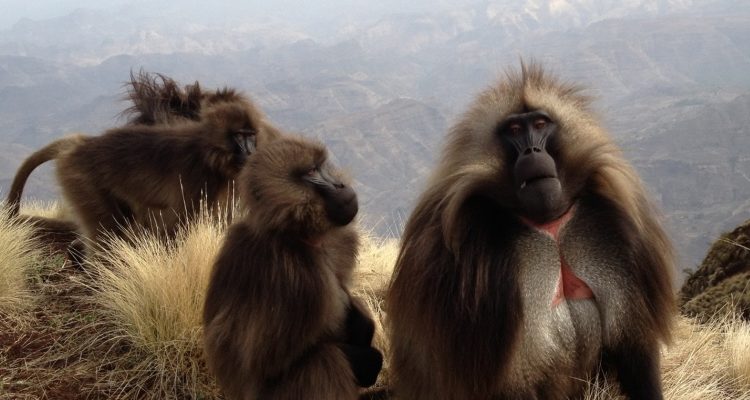
Ethiopia is primarily thought of as a cultural destination, and it has such an amazing history and rich culture that many people are happy to just focus on this aspect of the country. However, it does in fact have a very wide range of habitats, and very varied wildlife as a result. With lowland swamps, desert, lush grasslands, acacia savannah, rain forest, temperate forest, alpine regions, and Afro-montane forest, a significant number of endemic mammals can be seen here, the best known of which are the Ethiopian wolf, gelada baboon, Walia ibex, mountain nyala, and Menelik’s bushbuck. Birds feature too, with more than 800 species and no less than 30 endemic to the country. Elephant, lion, giraffe and buffalo can also be seen in some places.
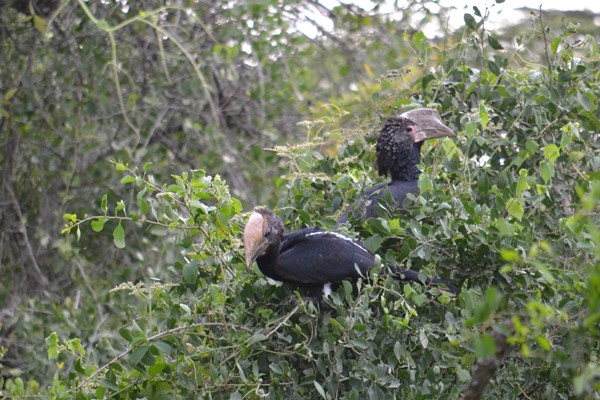
Silvery cheeked hornbills at Bale Mountain Lodge
Bale Mountains
The volcanic massif of the Bale Mountains rises to 4,200 metres, and has the second largest native forest in Ethiopia, extensive alpine moorland, rivers, fertile grassland and 78 species of mammals including thriving populations of Ethiopian wolf, mountain nyala, Menelik’s bushbuck, Bale monkey, and no less than eight endemic rodent species. The wolf feeds only on these rodents, in particular mole rats. Other wildlife living here includes spotted hyena, warthog, giant forest hog, leopard, olive baboon, rock hyrax, and the black and white colobus monkey. Among the 310 species found here, keen bird watchers can see the blue-winged goose, spot breasted plover and yellow fronted parrot in these mountains and nowhere else. Bale Mountain Lodge has a lovely location in the Harenna Forest, while the Web Valley Camp is ideally located for finding the wolves.
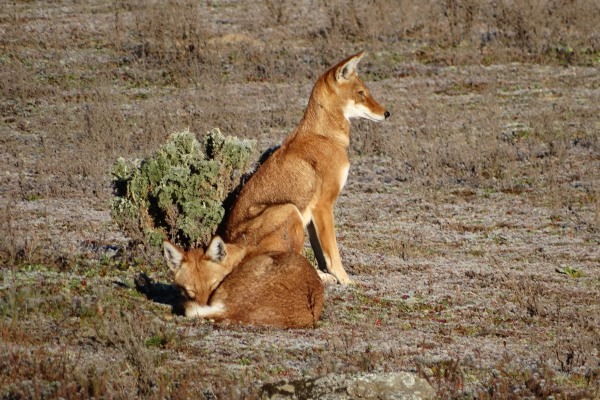
Ethiopian wolf pair seen close to Web Valley Camp
Simien Mountains
The largest expanse of mountains in Ethiopia, the Simiens are also the highest with Ras Dashen rising to 4,500 metres. The mountains offer incredible scenery and some wonderful opportunities for longer walks and multi-day treks. Many visitors are surprised to find local people living inside Ethiopia’s National Parks, but that’s the nature of the deal between the government and the communities. By and large, the people are respectful of wildlife and it’s quite common to see troops of gelada baboons close to villages. They are relatively relaxed and friendly compared to their relatives, and spend the days on these high grasslands foraging for food in large parties. Walia ibex can also be seen here, in seemingly impossible places on the cliff faces. Finding them might require a longer and harder walk than expected, but it will be well worth it. Limalimo Lodge is an excellent place to stay here.
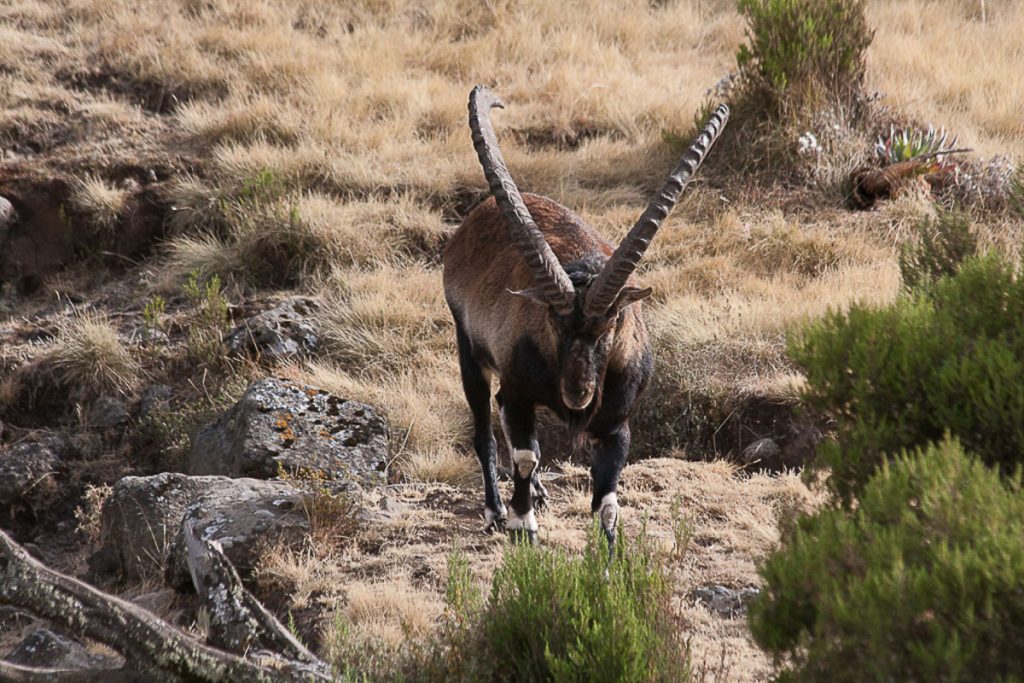
Walia ibex in the Simien Mountains. Limalimo Lodge
Omo Valley
With lower altitudes, the Omo valley is significantly hotter and wetter than either of the mountain ranges. Mago and Omo National Parks are home to elephant, buffalo, lion, giraffe, eland, cheetah and plentiful plains species. The river itself has fertile and verdant banks. There are plenty of fish, many crocodiles, some hippos, masses of birds and a healthy number of monkeys in the forest on the river banks. Notable species include Pel’s fishing owl, De Brazza’s monkey which is more usually seen in the equatorial forests of Uganda and Congo, and vervet and black and white colobus monkeys. African fish eagles, black headed gonoleks, carmine bee-eaters, white cheeked bee-eaters, orioles, barbets, cuckoos, weavers, and warblers all make themselves heard, if not seen, from the dense fig and mahogany forest along the river and in the acacia scrub away from it. Lale’s Camp has one of the very best dawn choruses I’ve ever experienced, which has the added richness of vervet and colobus monkeys joining in. For anyone wanting even more adventure, visits to the less known Maze and Chebera Churchura National Parks are possible. They both have good populations of African wildlife, including lion, leopard, cheetah, elephant, buffalo, and hippo.
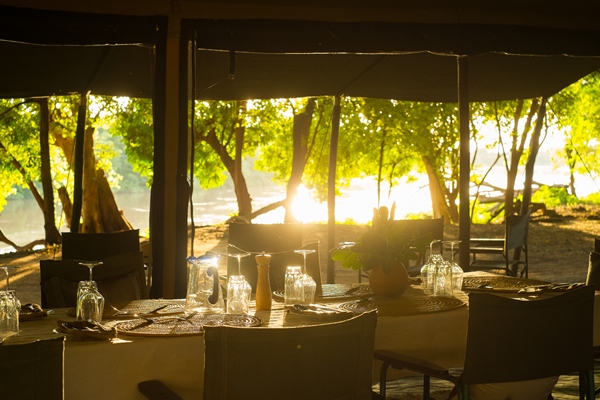
Lale’s Camp perfectly positioned for good wildlife sightings on the banks of the Omo River
Gambella National Park
It’s not on anyone’s list of must-go destinations, as so few people know about it. As an expanse of hot marshy lowlands traversed by three large rivers, Gambella is contiguous with Boma National Park in South Sudan, providing more than 27,000 square kilometres of excellent wildlife habitat, of which 4,500 is Gambella. This is a combined protected area greater than the entire Serengeti ecosystem or Ruaha National Park in Tanzania or Kafue in Zambia; a vast expanse of little known or explored wilderness. The Nuer and Anuak people live in the region, and live mostly by fishing and herding some cattle.
Gambella and Boma between them have the second largest migration of large mammals in Africa, with up to 1.3 million white eared kob moving across this vast land through the seasons. They tend to be in Gambella during the wet season between March and June, and move in vast numbers across the plains here. In addition, the park is one of few places where the Nile lechwe can be found, as well as large numbers of Lelwel hartebeest, bohor reedbuck, roan antelope and huge herds of buffalo. The park is a superb birding destination too, with more than 320 species recorded. It’s the only place in Ethiopia where the extraordinary shoebill can be found. Visiting Gambella is not easy, and it’s currently advised against by the UK FCO. With the involvement of African Parks in its conservation and development it could become a spectacular destination in years to come.
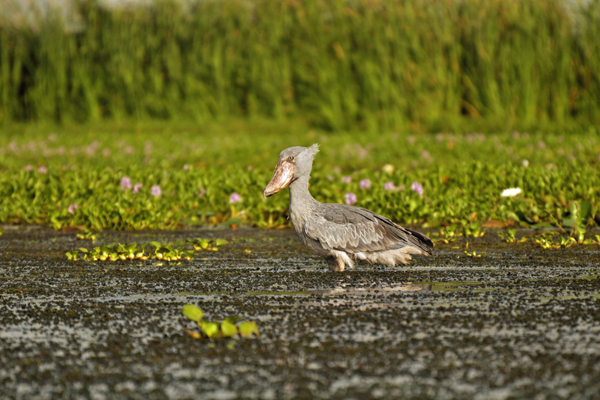
The extraordinary shoebill
The Great Rift Valley
It’s one of Africa’s most spectacular and significant tectonic features, and runs across Ethiopia from the Red Sea and the Afar depression in north-eastern Ethiopia to Lake Turkana in the south-west. The northern section is very hot and seriously dry, and is reminiscent of much of Kenya’s portion of the valley, with a series of beautiful lakes. Some of the lakes are sufficiently alkaline to attract flamingos, while others have a wealth of other aquatic species such as pelicans. Lake Ziway is the most accessible from Addis, and has good birdlife and an ancient monastery on an island, which can also be visited. Lakes Abijatta and Shalla are in the eponymous national park, which protects these flamingo habitats and offer excellent hiking and other birdwatching. The escarpment nearby has a large expanse of natural forest, in which large numbers of birds and a good population of monkeys can be spotted. Lake Hawassa is another favourite for birding, and is a bit like Naivasha, freshwater with no outlet.
While it may not be best known for its wildlife, with the variety and the quantity of endemic species to be seen, Ethiopia is a genuinely excellent destination for enthusiastic naturalists, and especially those with a wish for some adventure.
What next?
If this has inspired you to dream about a safari in Ethiopia, please do get in touch – we would be delighted to chat, no matter how early in the decision making process you might be. Email is probably the best way to contact us right now and we’ll respond as quickly as we can – usually on the same day. We very much look forward to talking to you.
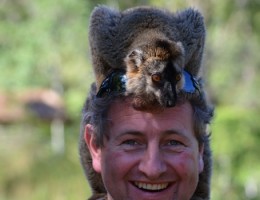
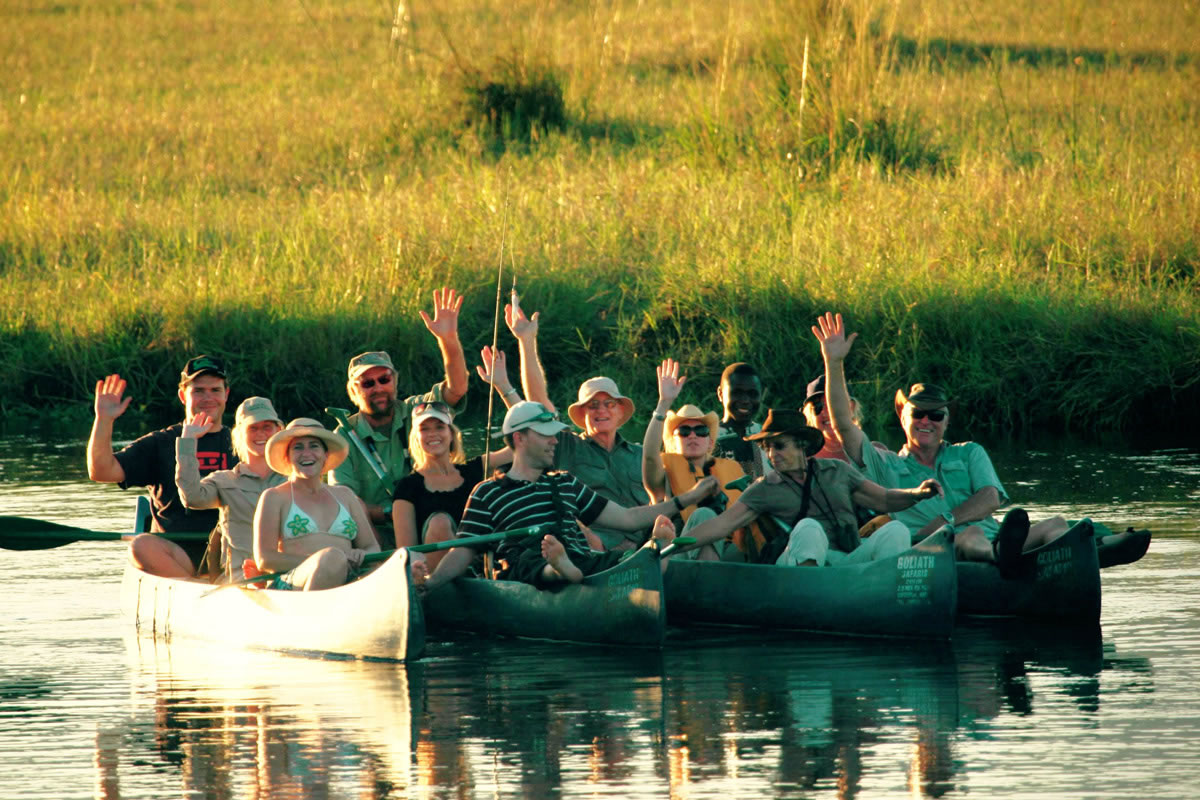
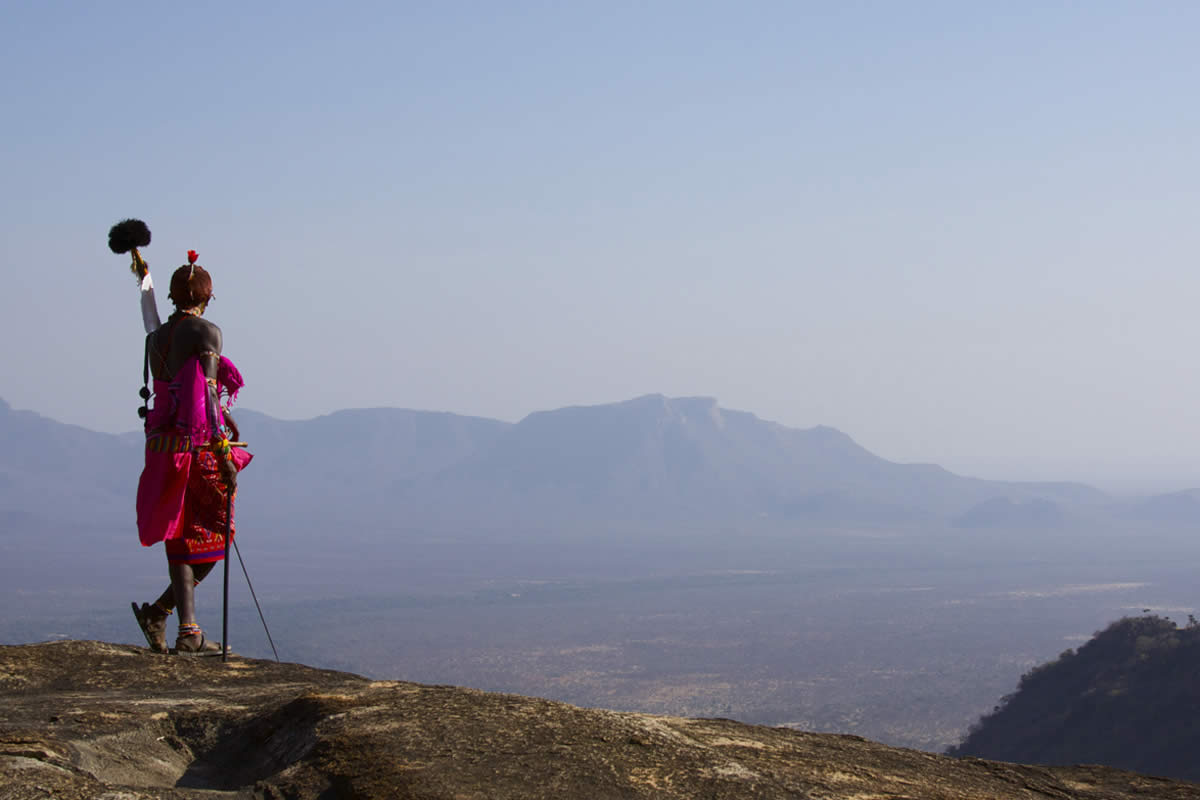
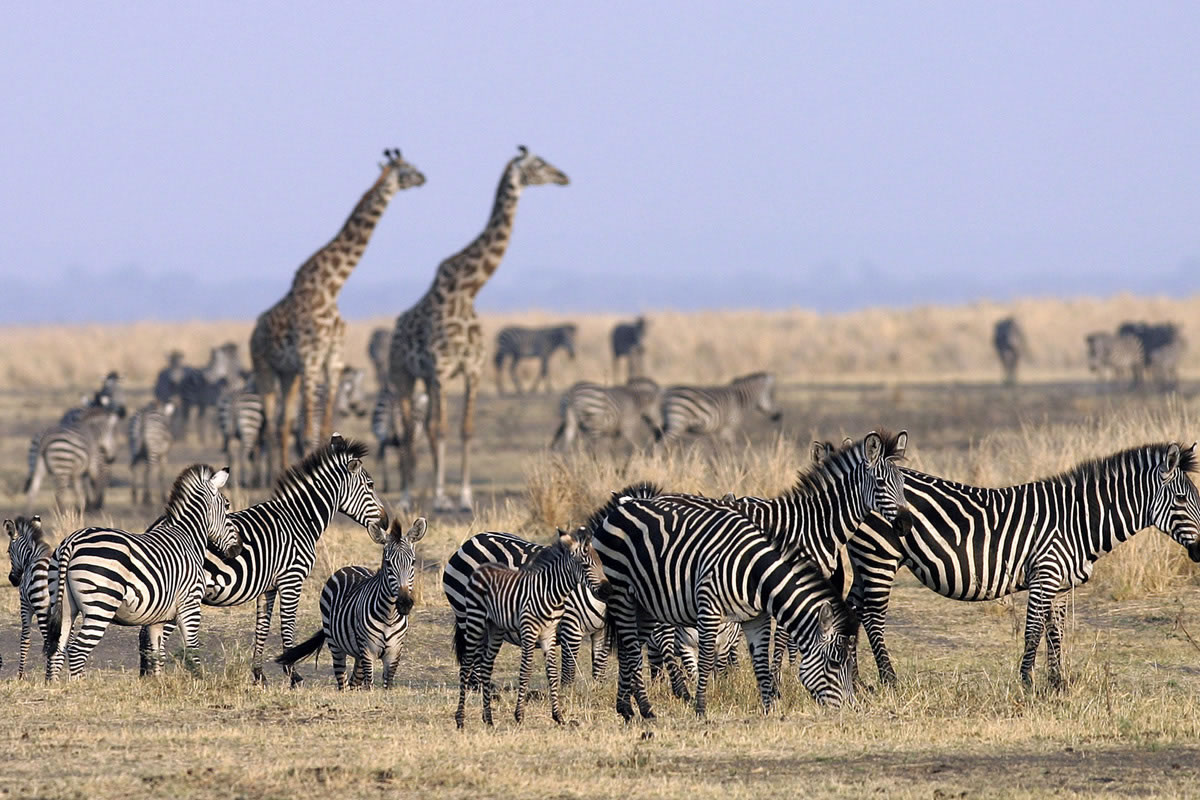

Does Wildebeest found in Ethiopia?
Hi Sirahbizu. Wildebeest are not found in Ethiopia but typically inhabit the Serengeti plains of southeastern Africa and migrate on a loop path through Tanzania and Kenya following the seasonal rains. I will pass your e-mail to our team of Travel Experts who will be happy to help you plan your perfect trip.
The wildebeest in not an animal typically found in Ethiopia